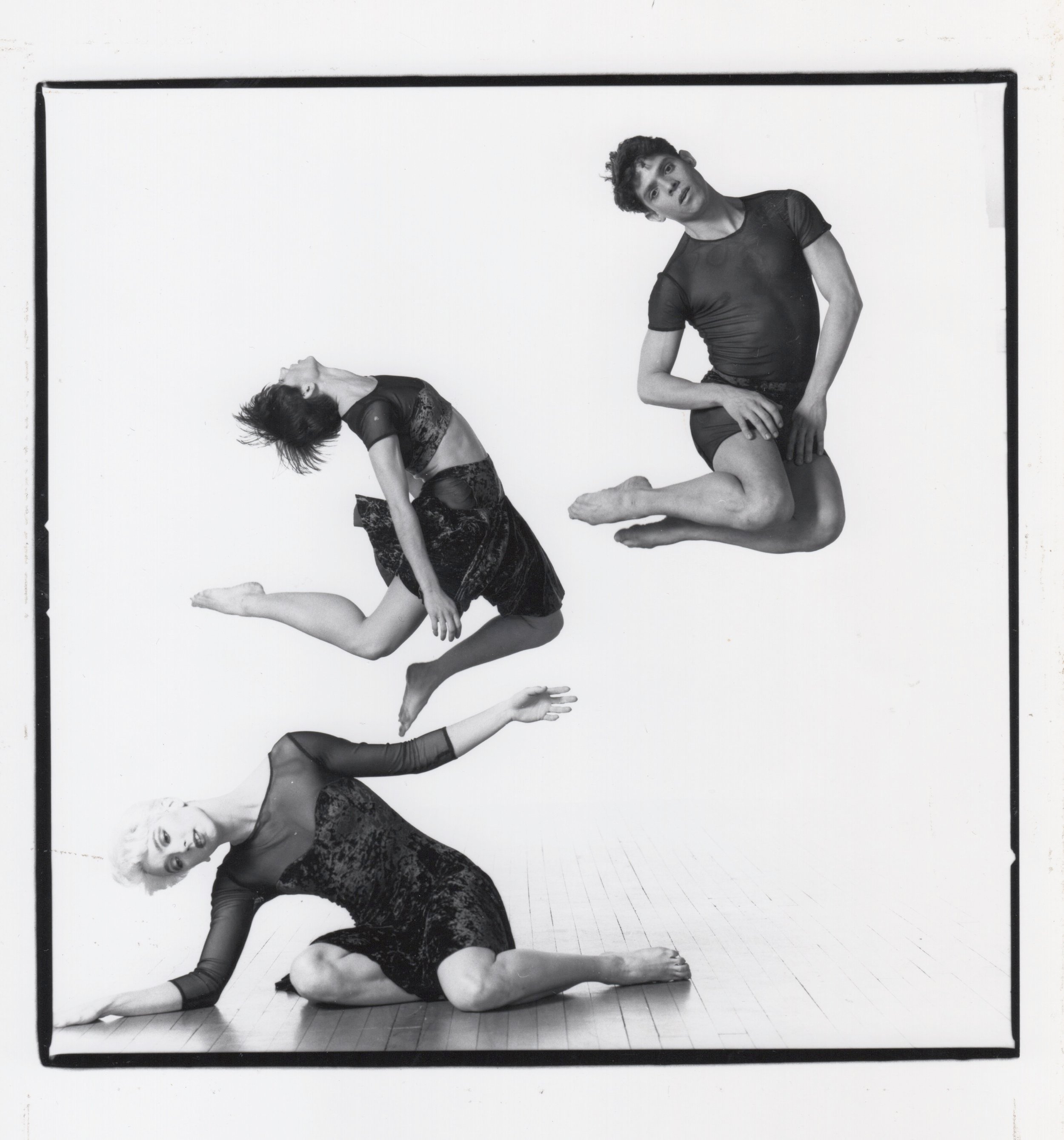Americans have celebrated National Hispanic Heritage Month annually since 1988 to honor the cultures, traditions, history, influences, and continued contributions of Hispanic Americans. September 15th is an especially important date for several Latin American countries that celebrate their Independence days on the 15th, thus the festivities of Hispanic Heritage Month occur from September 15th to October 15th every year.
In September of 2022, founding Company member Jaime Martinez joined current Parsons Company Dancers and Staff on Zoom to share a special Hispanic Heritage Month spotlight on Jaime’s time with the Company and experiences as a Puerto Rican-American entering the dance industry.
Jaime discussed his first days in New York City as a young dancer from South Carolina, how “Dancing saved [his] life in many ways,” his first interactions with modern dance, and his meeting founder and Artistic Director David Parsons. He shared anecdotal memories of life as a touring Company member and reflected on his favorite Parsons works, particularly his tenure performing Caught: “Caught was the great joy of my life to perform for 13 years.” Finally, Jaime gave current Company dancers advice for touring internationally, and shared ways to connect and engage with the Hispanic-American dance community.
Links and Resources
Visit National Hispanic Heritage Month to learn more.
Support Latinx artists by visiting the National Association of Latino Arts and Cultures and consider donating to support the creative practice and professional development of Latinx artists and arts organizations OR support in other ways.
Facebook Groups to join: LatinX Artists in the U.S., Latinx Artists & Cultural Workers | NALAC, Amplify Latinx Community
Check out the National Museum of the American Latino and donate.
More about Jaime Martinez
Jaime Martinez was born in San Juan, Puerto Rico, immigrating to the United States at a young age, growing up in Columbia, South Carolina. He began his training with Ann Brodie and Naomi Calvert and studied at the North Carolina School of the Arts. Martinez moved to New York City in 1982 and became a founding member of the Parsons Dance Company in 1987. Today, Martinez tours with Victoria Thierrée Chaplin with Aurélia Thierrée.
Land Acknowledgement
Parsons Dance travels all over the contemporary United States and the world. Our New York City homes and workplaces occupy unceded land that was forcibly and violently taken from many different Native tribes, nations, and peoples. In New York City, these include the Munsee Lenape, the Wappinger, and the Canarsie; in Florida, where Jaime currently resides, these include the Seminole, Taino, Tequesta, and Miccosukee. We are actively developing practices that seek authentic engagement with contemporary Native descendants, their ancestral homes, and other communities harmed by ongoing colonial injustice. To learn more about Parsons Dance’s commitments to anti-racist, intersectional inclusion efforts within our artistic community, you can visit parsonsdance.org/diversity.










